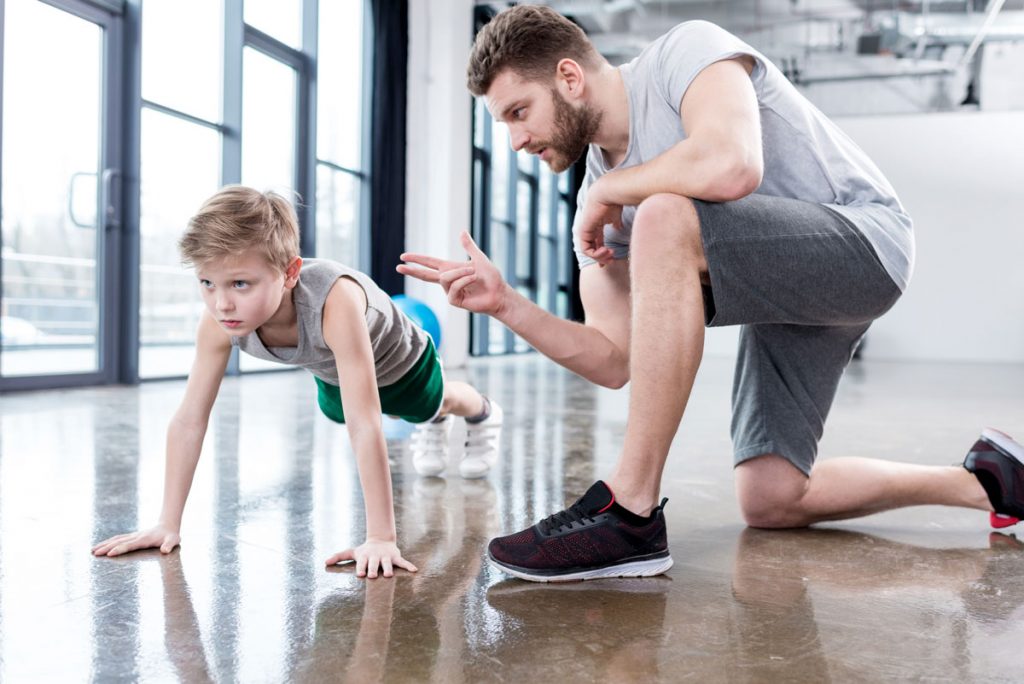
Benefits of the youth academy
Benefits of strength and conditioning
There are many different benefits of strength training ranging from, improving muscle development, toning your body, better movement patters and enhancing performance. At The Huddle we can help you achieve your goals.
Is it too early for kids to do strength training? – Long-term Athletic Development Model (LTAD)
The short answer is no, it is not too early. Between the ages 11 to 18 is an ideal time to develop not only strength, but other physical qualities such as, agility, speed and power. The LTAD model is a progressive pathway for individuals going through maturation. This model helps guide us to know at which ages, different qualities can receive the biggest adaptation responses for our athletes. For example, while fundamental movement skills are a real focus throughout maturation, there is a period from 12-18 years old where there can be significant responses from hypertrophy training. Then towards the end of this phase endurance work can be brought in to receive important adaptations. Speed, agility, strength and power will be prominent throughout. This is the model that will guide our periodised programmes to make sure they are specific to our client’s development.
How do we Reduce Risk of Injury?
A common cause of injury in young athletes is through early specialisation. This is when they perform too much of one sport and cause overuse injuries from too much repetition. Through work at The Huddle, young athletes will perform different exercises and movements which will make them much stronger in multiple planes, to avoid overuse injuries.
More common injuries occurring in youth are muscular imbalances and poor conditioning. Classes at The Huddle will include fundamental movement skills to make sure our athletes are moving well, progressed into more unilateral work for more advanced athletes. Our athletes will have the option of 3 levels of programs (gold/silver and bronze), they will be placed in a group depending on their ability. This ensures they are getting appropriate conditioning for their capability.
Mental Benefits
Research has suggested that strength training and physical activity help improve self-confidence through health and body image benefits. Furthermore, exercise has been shown to reduce stress, which can be extremely beneficial for children.


Examples of some exercises
- Prowler sprints
This is a great exercise to use to load the sprint position for our athletes, making them work really hard against resistance to then increase speed when there is no resistance.
- Kettle bell squat
This is a compound movement, crucial to get in for strength and injury prevention for athletes. This exercise is seen at many points in day-to-day life and in many sports. Loading this exercise and becoming efficient in this movement can have many benefits, such as increasing speed and strength.
- Romanian deadlifts (RDL)
RDL’s have a big emphasis on the eccentric phase, looking to loading and lengthening the hamstrings. This is important as it can have benefits when sprinting, as when you extend your leg in-front of you when sprinting, if the hamstring is not properly trained and does not have sufficient length, it can lead to injuries.
- Coordination games
The idea with coordination games will be to get the athletes warm, using simple fun games with a variety of different balls, working on basic fundamental movement skills such as catching, throwing and jumping.
- Press ups
When this exercise is done well it demonstrates great upper body strength, core stability and control. It has many regressions and progressions so can be adapted to suit many different levels of athletes.
- Kettle bell rows
A basic upper body pull exercise, which has a significant transfer across into many sports and can be very useful just in day-to-day life. Using kettle bells allows you not to load it has heavy and can focus on core stability as well.
2 Take home messages
- Practice holds key to success, not talent – be consistent with training!!
- Strength training has been scientifically proven to improve sports performance, health and well-being.
ADD COMMENT
You must be logged in to post a comment.


